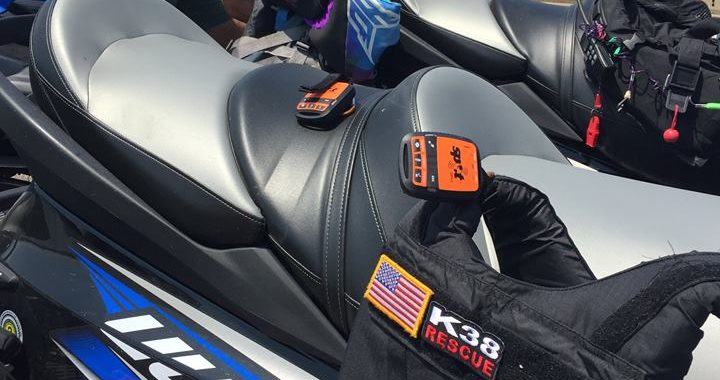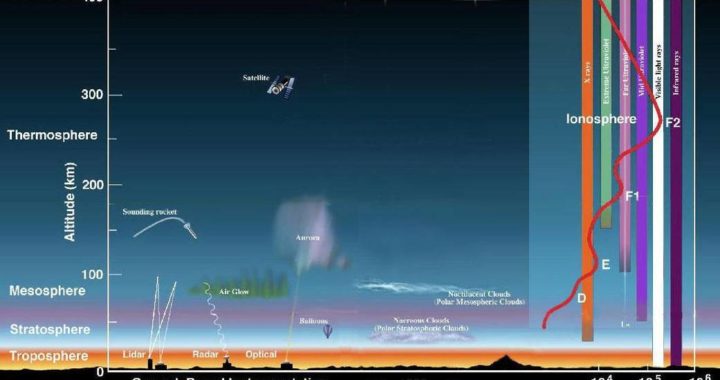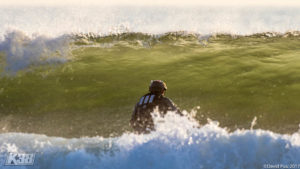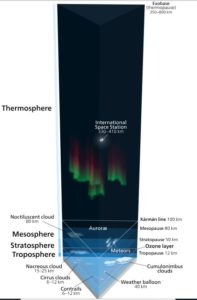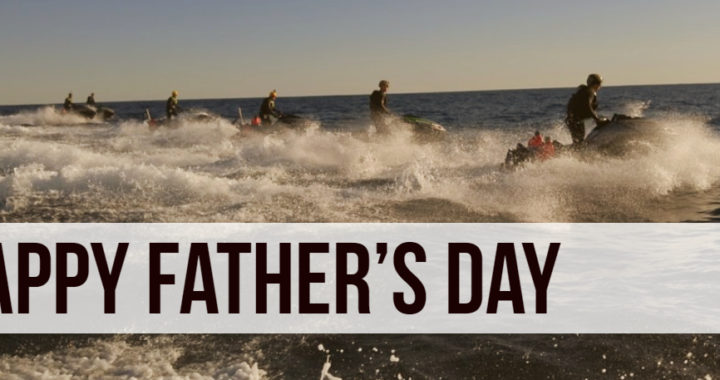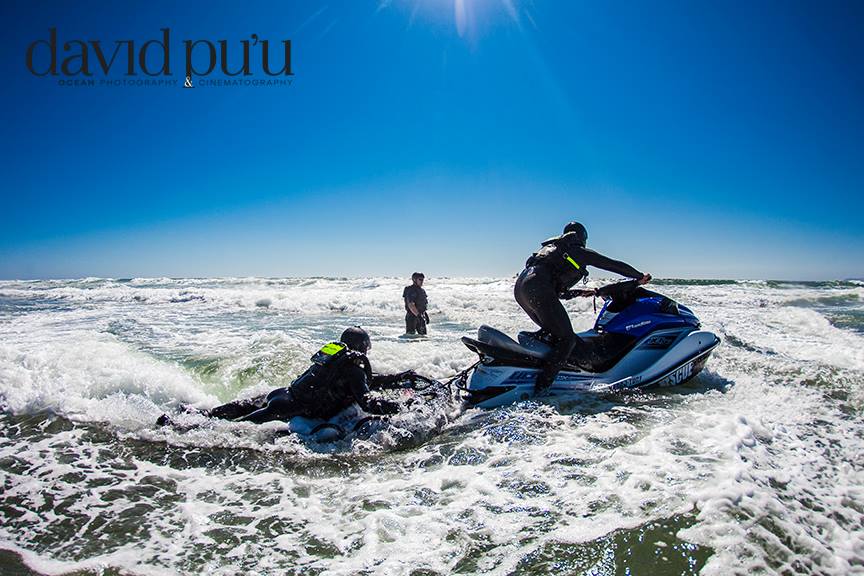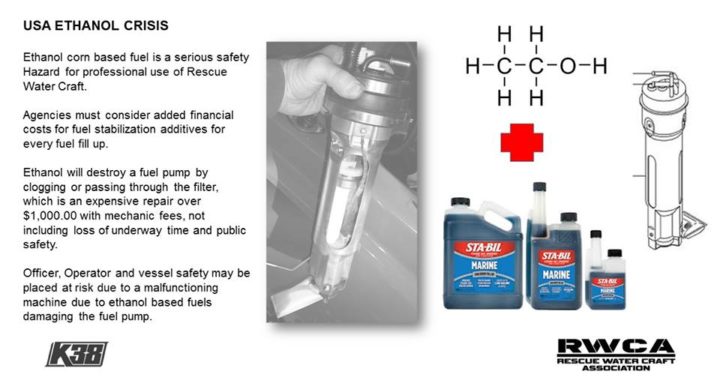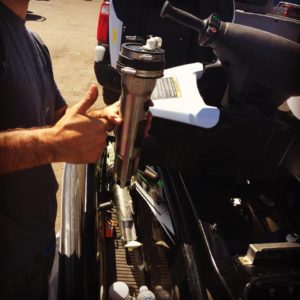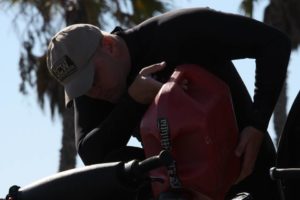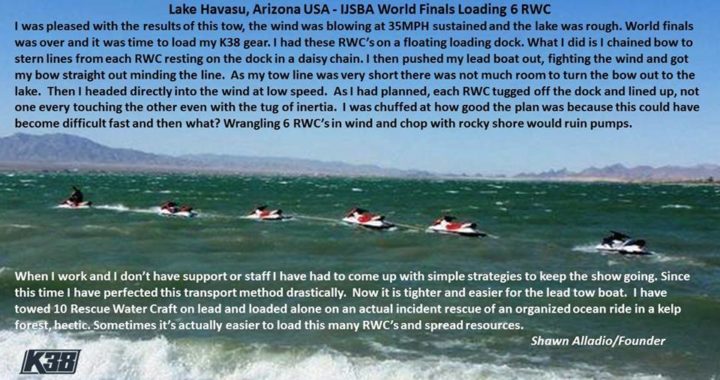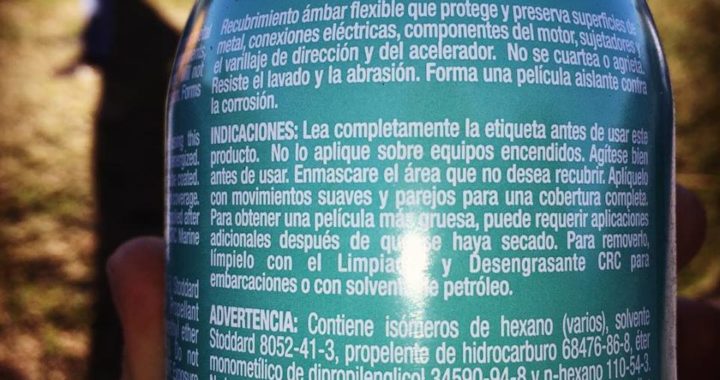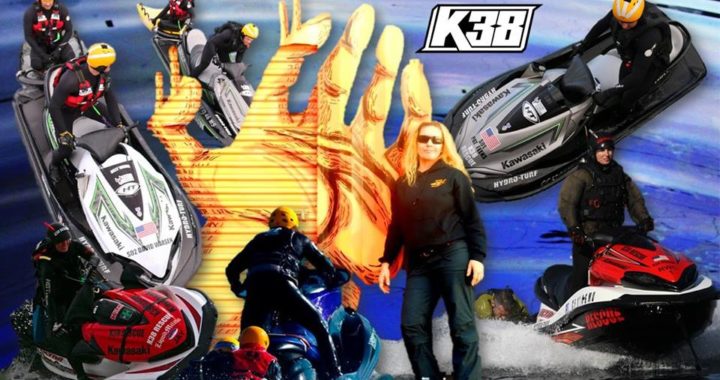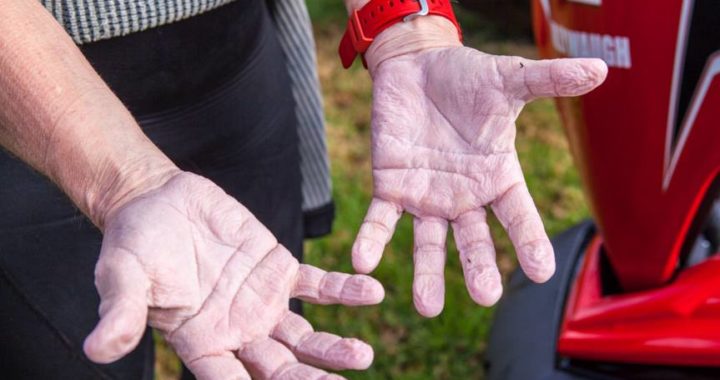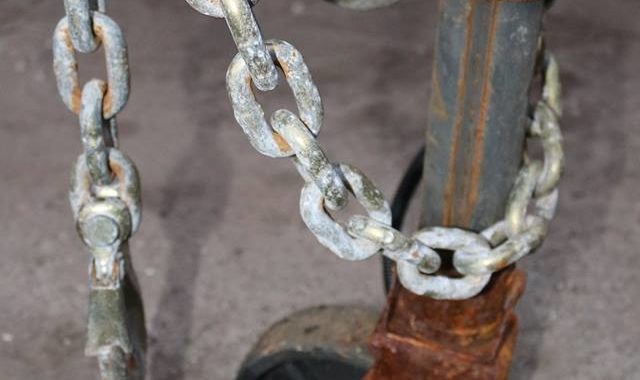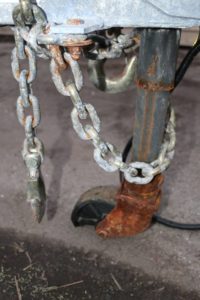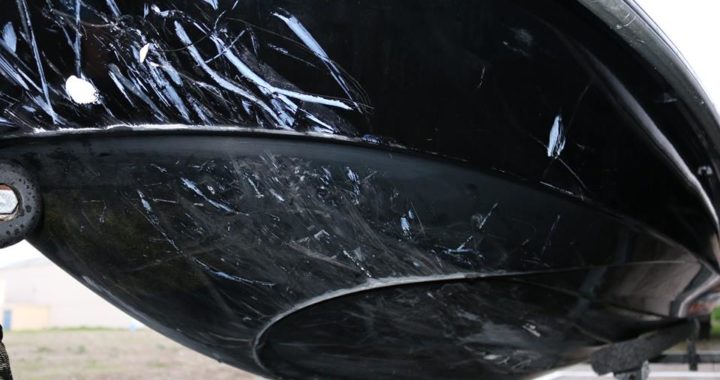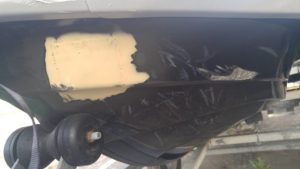SPOT X 2-Way Satellite Messenger
SPOT X 2-Way Satellite Messenger
Well, its costly, but then how much are we worth? $249.00 USD
There is also an annual subscription plan so you can double that if you add insurance and a few other items.
What they say: Stay connected with friends and get found fast in an emergency with the SPOT X 2-way satellite messenger. Send and receive texts to and from any cell number and communicate directly with rescuers.
BATTERIES
Rechargeable lithium polymer
DIMENSIONS
6.5 x 2.9 x 0.9 inches
WEIGHT
7 ounces

Spot On
Technical specs
Best Use Multisport
GPS/Satellite Detectable Yes
Average Battery Life 240 hrs. (10 min. tracking intervals)
Battery Type Lithium Ion
Batteries Rechargeable lithium polymer
Messaging Capability 2-Way Messaging
SOS Function Yes
Device Integration None
Location Accuracy 3 meters
Compass Yes
Altimeter No
Waterproof Yes
Water-Resistance Rating IPX7
Dimensions 6.5 x 2.9 x 0.9 inches
Weight 7 ounces
Color: Orange/black
SAFE AND SANE
Features
• 2-way satellite messaging keeps you in touch with family and friends from virtually anywhere in the world, even outside of cell range (satellite subscription sold separately)
• Provides direct communication with search and rescue services in case of an emergency
• Send an SOS to the 24/7 Search & Rescue center, message back and forth about the nature of your emergency and receive confirmation when help is on the way
• Select from 2, 5, 10, 30 or 60 min. tracking intervals to let family and friends follow your progress with SPOT's easy-to-use Google Maps interface
• Check in with the push of a button to quickly and easily let everyone on your list know you're OK
• Link to your Facebook and Twitter accounts to keep your social media contacts in the know wherever you go
• Built-in compass and programmable waypoints help you navigate
Imported.
Don't forget this!
An additional SPOT Service Plan is required for operation. Visit vendor website to shop satellite subscription plans and additional services
We have been using SPOT locator beams and tracking devices for years, in fact we have over 14 items and it becomes very expensive
We consider this a second insurance policy.
How much would a funeral cost, how much would a rescue cost, and the questions go on and on and that is how we level out the investment annual costs vs. the reality of rescue and becoming a statistic.
I would also encourage you to consider looking at the Delorem inReach devices, as they had these type of two way sat communication devices first, we also enjoy using their products.
Content Creator - June 20, 2018
Shawn Alladio cares most about her community and the culture surrounding the safety of event service providers and Rescue Water Craft operators, working hard and dedicated towards protecting their reputation, distributing safety information and continuing to train these amazing individuals to the highest standards of care.
